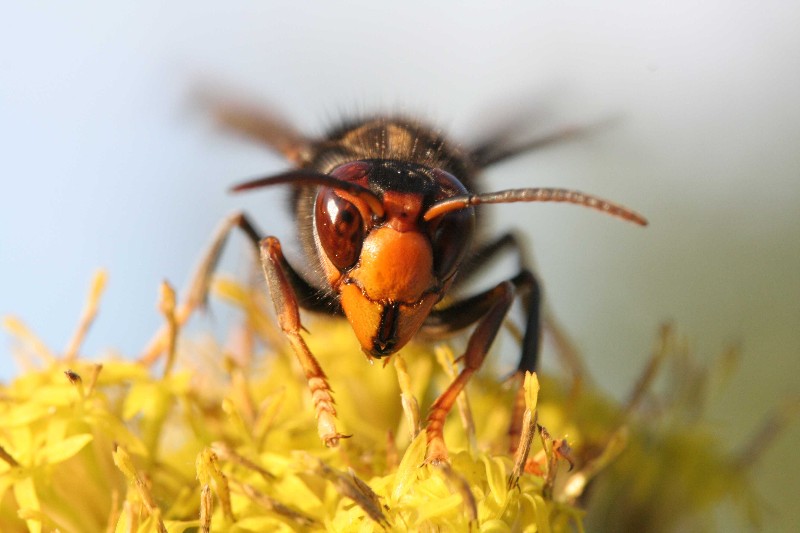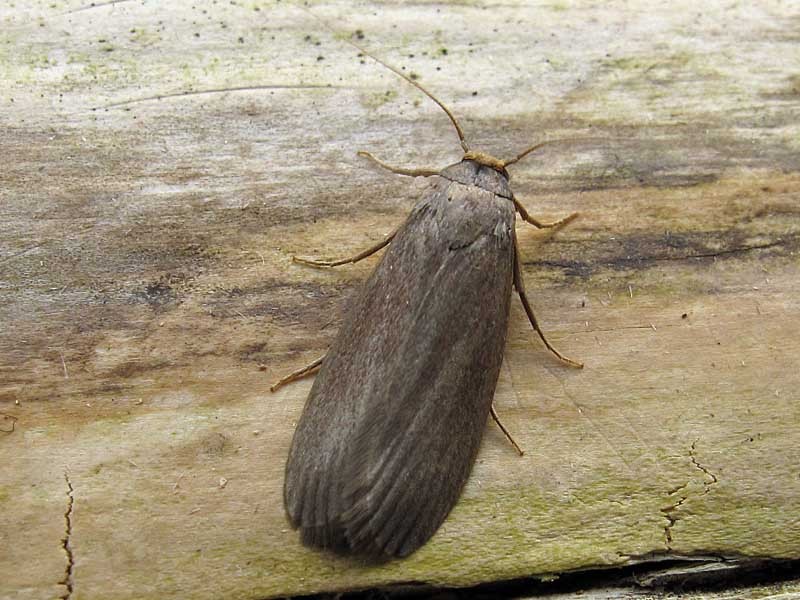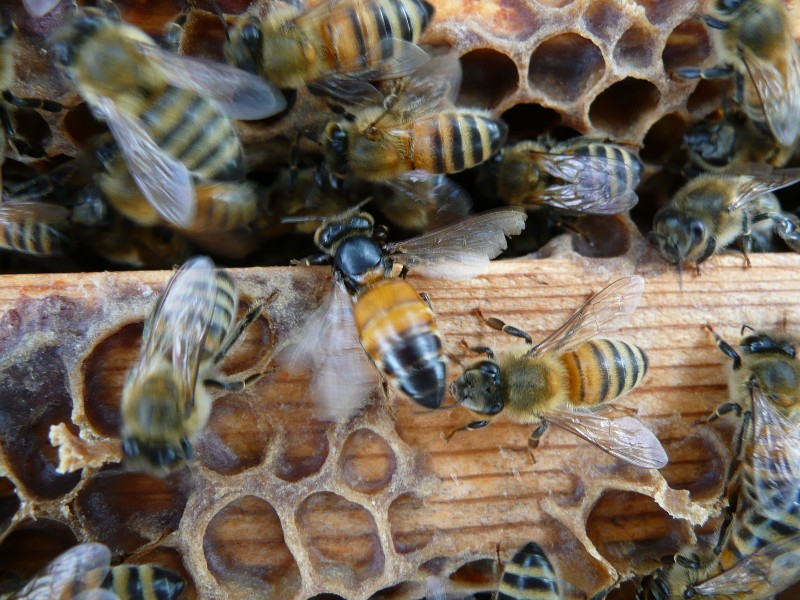Varroa destructor (Anderson and Truman) previously described as Varroa jacobsoni (Oud) is a parasitic mite of adult bees and brood. In the past hundred years or so it has become the most serious pest of Western honeybees across the globe, particularly for the European honey bee Apis mellifera which lacks natural defences to be able to deal with the mite […]
Varroa Mites








